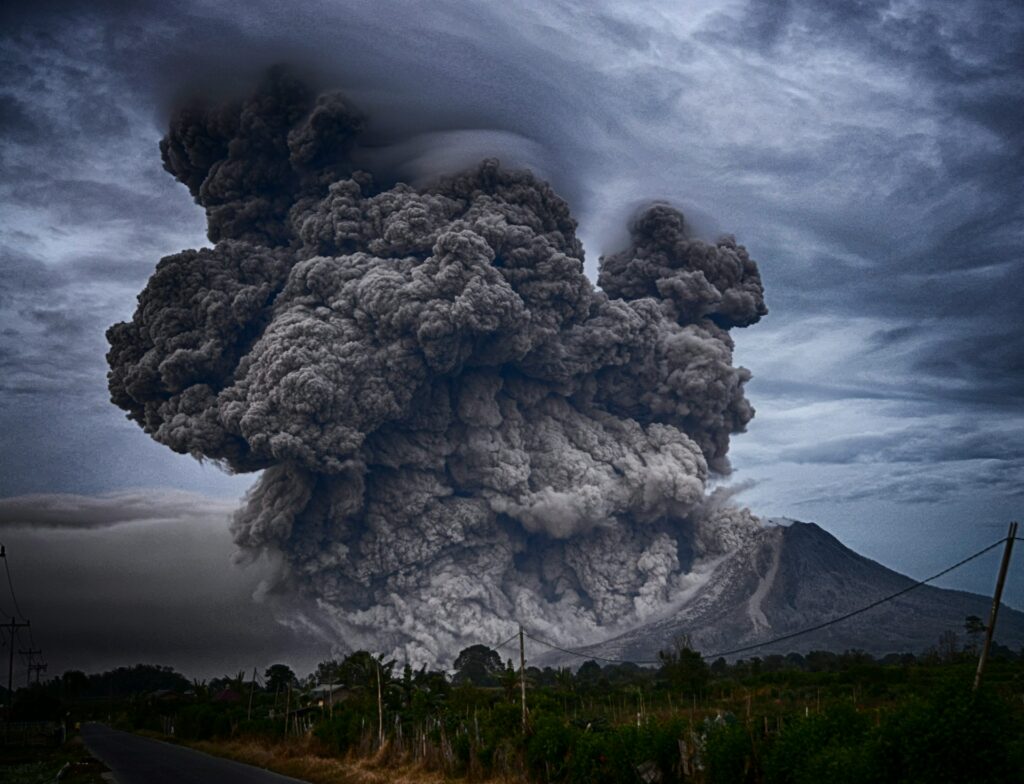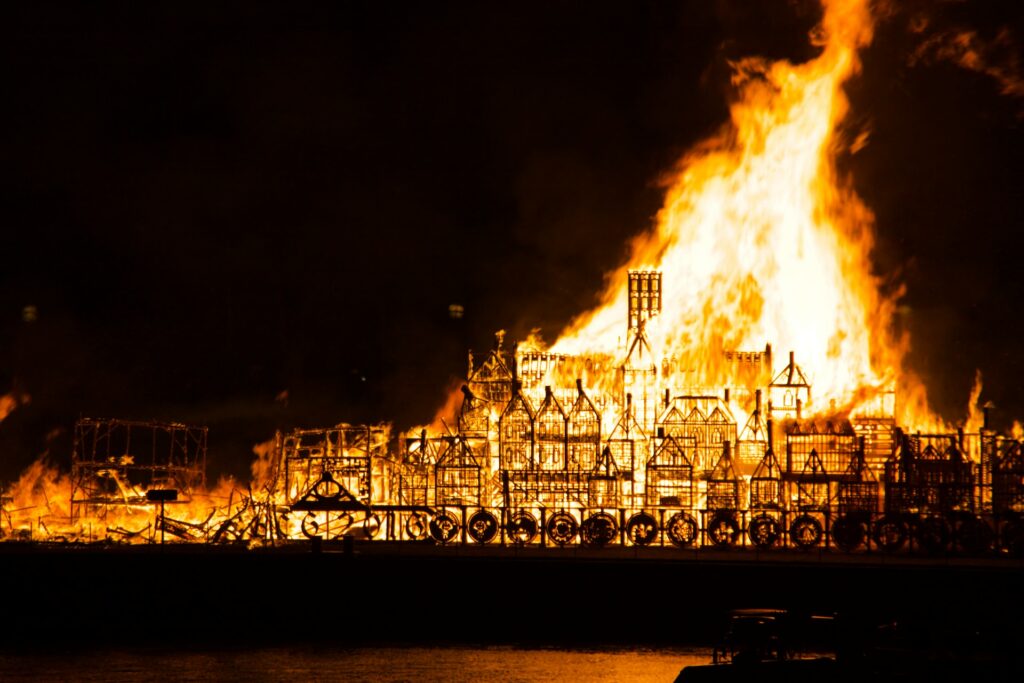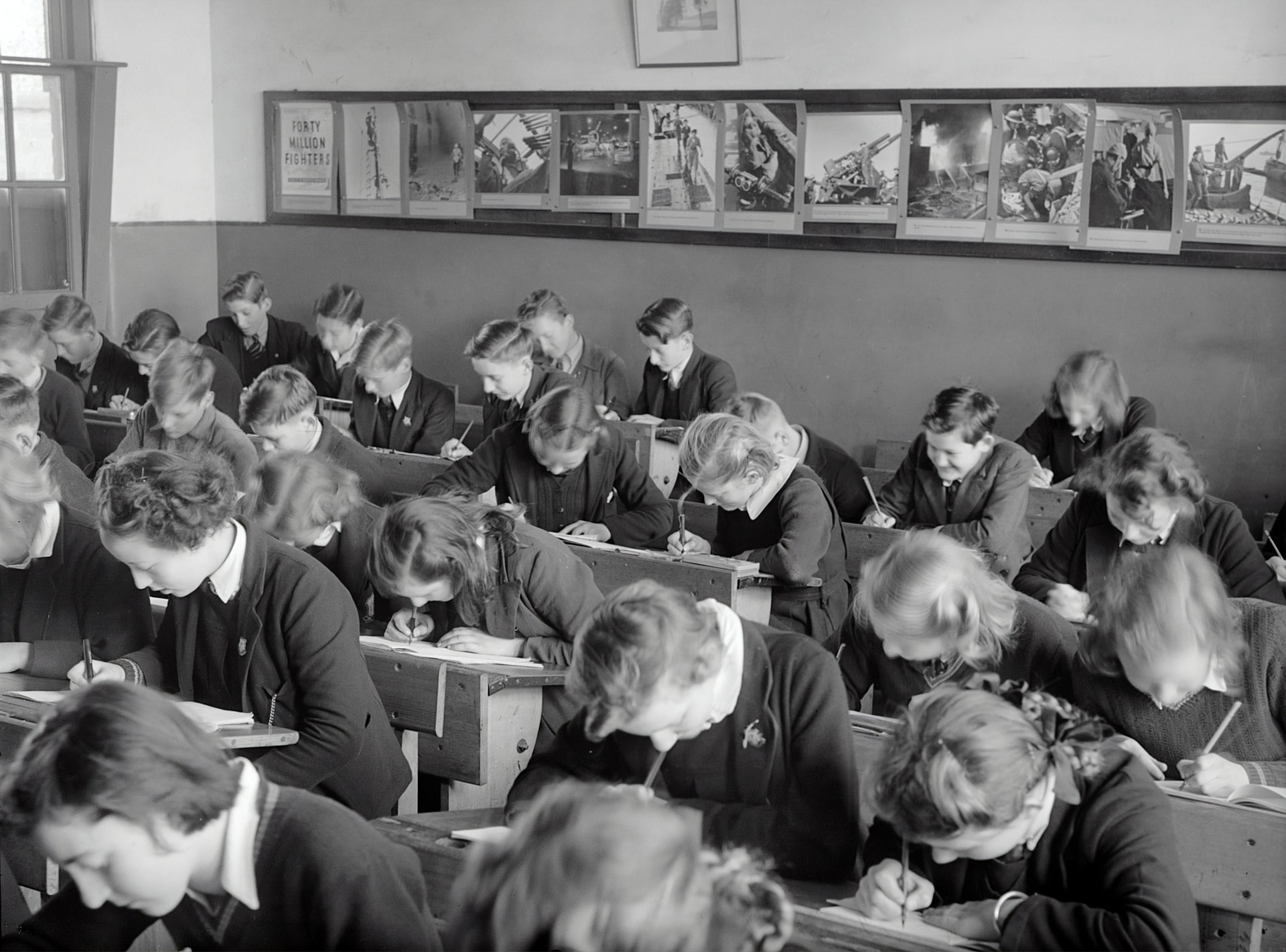Most Recent News


Popular News



The term 'public school' needs to be retired until we actually have public schools again.

The term “public school” is misleading, like most terms currently residing under the jackboot of modernity.
We don’t have “public schools” as one would initially understand them given the word ‘public’. These institutions are better described as a ‘government’ school, or a ‘state’ school.
Generally, for something to be public, you’d assume it to be:
Where ‘public’ includes the collective of the individuals that use them.
None of these four tenets hold true.
‘Public’ implies that the schools are accountable to the public. But these schools are not accountable to the local people, as we’ve witnessed with the recent moms/dads fighting schools over CRT. If they were truly accountable, this wouldn’t even be a question. CRT is literally teaching their own children to hate themselves. In an accountable situation, the public could get the schools to change course against CRT relatively easily. But instead, the state declares that everyone who is resisting CRT are terrorists and seeks to silence them.
In reality, the schools are accountable primarily to the state. Such as the Department of Education and related institutions/agencies. Even if the school is somewhat accountable to the people, they are second to the state’s institutions. This is not public.
‘Public’ also gives the appearance that they are run by the public. Or at least overseen/regulated by them. But again, the schools aren’t. The state runs them. The schools are regulated by the government or the state and must follow their rules and laws, not the procedures set out by the local public who have minimal, if any, say. Schools must meet the check boxes provided by the state first before they consider the interests of the parents. This control ties in to the third point.
The third point is also incorrect, as the schools aren’t funded by the public. Some local taxes certainly go into them, but a huge amount of the “public school” funding comes from government subsidies and direct payments by state/fed agencies. The money is not direct, accountable, or traceable to the actual population of public users, as you would imagine. Payment comes from whoever lives within the jurisdiction, whether or not they use the school. The funding is bulked together and then distributed by the government. It is only extorted locally; nothing else about it is local.
So, a slice of the funding is by the government or the state. The other slice is also by the government or the state, but in a middle-man manner. Because of these two funding setups, the school has to follow the mandates/requirements set forth by the government to keep receiving funding. So, they comply. The people cannot opt out of providing funding nor can they revoke their funds if something like CRT arrives in their school, so their opinion means little in comparison. All of it comes through the state at the end of the line, so the school’s only concern is the state.
This creates the situation which we reside under today, where the schools are merely additional mouthpieces for the state’s cultural genocide happening around us. This makes them unusable or incredibly inefficient. If you put your kids in them for two decades, you’ll be lucky if they are even slightly normal upon exiting. We can “use them” in the traditional sense of sending our kids to these schools, but it would be akin to “using” public land that is completely overrun by bears and getting mauled to death. A public good is only truly usable if it’s managed appropriately. But these schools are not managed appropriately. This is why homeschooling, private schooling, and alternative schooling are massively on the rise. You can try to use the schools, but to your own peril.
This is in contrast to the way public schools originally were in the United States. Traditionally, they were staffed locally with a caring few people from the local, tight-knit community. These teachers were highly respected and usually at least partially educated individuals. The teachers focused on character building much more than test-passing. Funding was provided directly to the school through the community. If anyone didn’t like what was going on there, they could bring it up at the town meeting or simply go directly to the teacher. They had funding and community control to change whatever was needed. There was no higher oversight.
There were no higher regulations and no federal oversight throughout the vast majority of our history. Even one hundred years after our founding, the people were worried about too much oversight over local schools by the feds. Read the Dept. of Education’s own self-reported history [highlights are my own emphasis]:
Although the Department is a relative newcomer among Cabinet-level agencies, its origins goes back to 1867, when President Andrew Johnson signed legislation creating the first Department of Education. Its main purpose was to collect information and statistics about the nation’s schools. However, due to concern that the Department would exercise too much control over local schools, the new Department was demoted to an Office of Education in 1868.
Over the years, the office remained relatively small, operating under different titles and housed in various agencies, including the U.S. Department of the Interior and the former U.S. Department of Health Education and Welfare (now Health and Human Services).
Beginning in the 1950s, political and social changes resulted in expanded federal funding for education. The successful launch of the Soviet Union’s Sputnik in 1957 spurred nationwide concern that led to increased aid for science education programs. The 1960s saw even more expansion of federal education funding: President Lyndon Johnson’s “War on Poverty” called for the creation of many programs to improve education for poor students at all levels—early childhood through postsecondary. This expansion continued in the 1970s with national efforts to help racial minorities, women, people with disabilities and non-English speaking students gain equal access to education. In October 1979, Congress passed the Department of Education Organization Act (Public Law 96-88). Created by combining offices from several federal agencies, the Department began operations in May 1980.
In the 1860s, a budget of $15,000 and four employees handled education fact-finding. By 1965, the Office of Education had more than 2,100 employees and a budget of $1.5 billion. As of mid-2010, the Department has nearly 4,300 employees and a budget of about $60 billion.
Notice in the last sentence that there is no longer a reference to “education fact-finding”. Because that’s the most minor piece they are doing today.
The feds had practically no oversight until the 1950s and later. Before that, any connection was mostly record keeping. We never needed $60 billion in federal funding for schools throughout our entire history. But now, we have it. What changed?
Well, for one, they’re no longer actually local public schools.
These schooling institutions like to create the image that they are public, local, and accountable. But they are the furthest thing from each of those descriptors.
They aren’t “public schools” anymore. They’re state schools. And our state is demonic.
So, if your state school taught you any math, I encourage you to use the transitive property to figure out what schools we’re dealing with today.
Read Next:
The Collapse Of America: Historical Parallels
Weak Men Create Hard Times: A Uvalde Case Study
The Fall Of The Georgia Guidestones
If you enjoyed this article, bookmark the website and check back often for new content. New articles most weekdays.
You can also keep up with my writing by joining my monthly newsletter.
Help fight the censorship – Share this article!

(Learn More About The Dominion Newsletter Here)